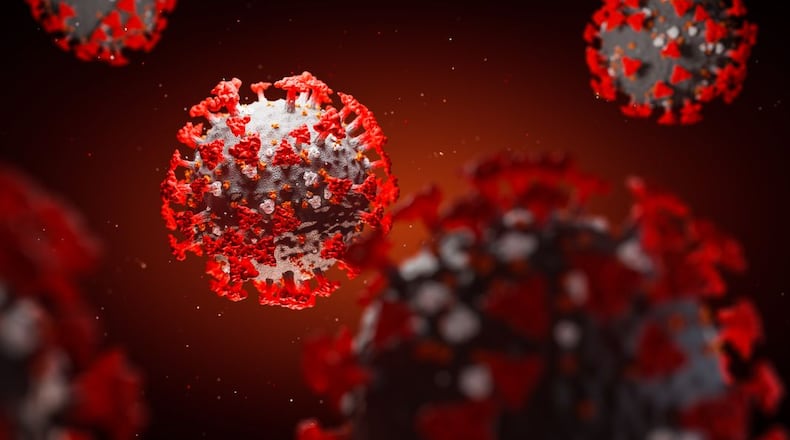A patient with a new variant of the coronavirus has been discovered by scientists at the Ohio State University Wexner Medical Center and College of Medicine. The center said the variant has a mutation similar to a strain found in the U.K. but is believed to have occurred in a strain already in the U.S., rather than brought in by someone from the U.K.
Ohio’s hospitalized coronavirus patients drop below 4,000
On Wednesday the number of coronavirus patients hospitalized in Ohio dropped under 4,000 for the first time in two weeks, according to the Ohio Department of Health. The state reported there were 3,923 patients in the hospital after the figure hovered around 4,100 for the last five days.
These are the medical conditions eligible for the next round of vaccines
As Ohio starts the next round of coronavirus vaccinations, Ohioans under 65 with certain severe congenital, developmental or early-onset medical disorders will be eligible for the vaccine starting Jan. 25. The Ohio Department of Health has released more details on which conditions are included in that group.
Some details released on next round of vaccinations
Greene County has released more information on how it will begin its next round of vaccinations. It said that to avoid people showing up who are ineligible the department will not publicly announce its clinics but will give information to eligible individuals who sign up for alerts. Public Health – Dayton & Montgomery County said it will release details this afternoon.
Wright-Patt coronavirus vaccine priority order could change next week
Col. Patrick Miller, commander of the 88th Air Base Wing and Wright-Patterson installation commander, said that the Department of Defense might change the base’s vaccine priority order as soon as next week. Currently health care and essential first-responders receive the vaccine first, then people necessary to accomplish certain key missions, Airmen set to deploy and “high-risk” beneficiaries before the healthy population.
About the Author

